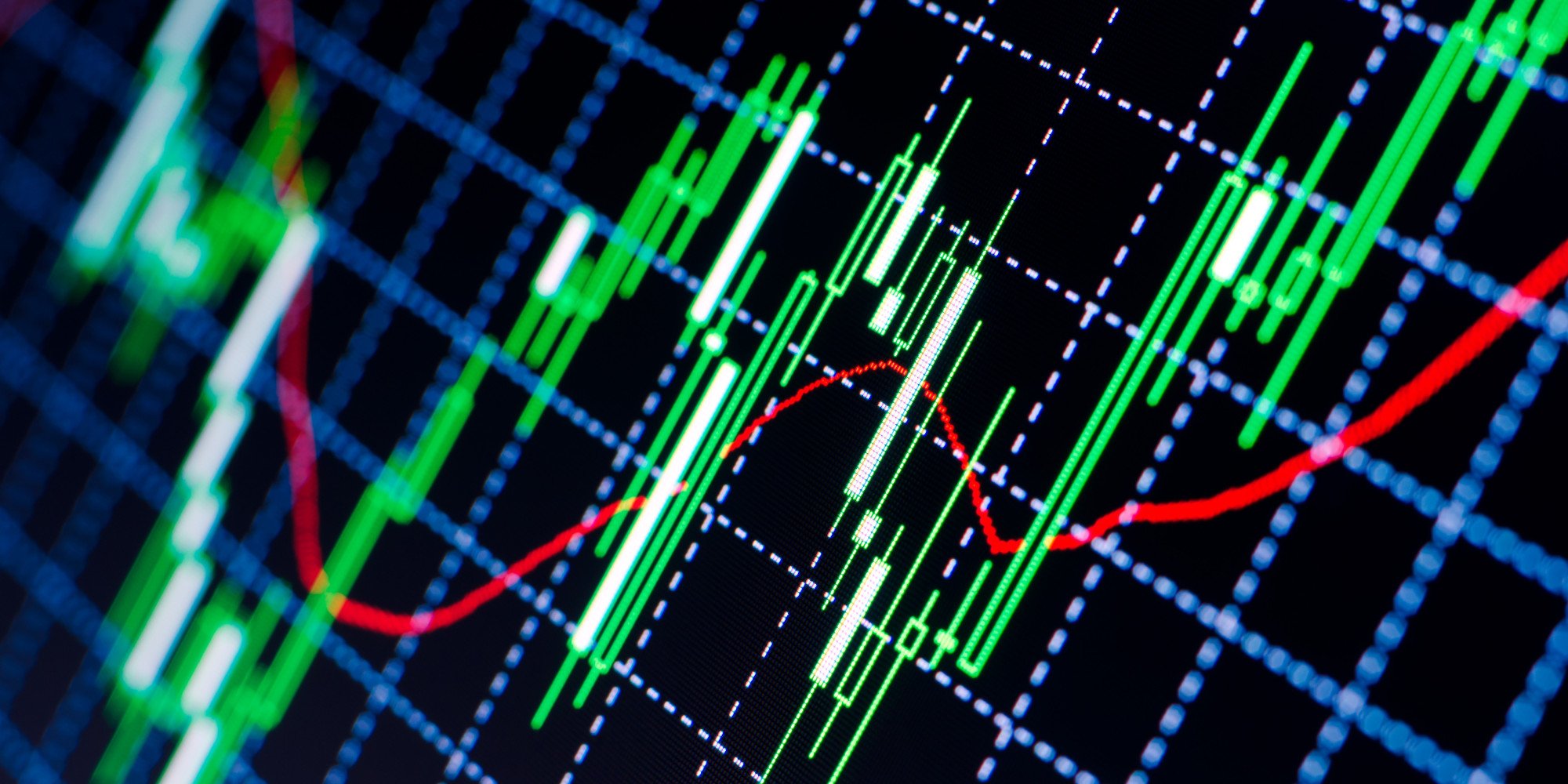A Dual Stochastic Forex Trading Strategy

Double Stochastic Forex Trading System
It often happens that when an asset price tends to overbuy or oversell, an oscillator shows an attractive signal to enter, but the price trend is in the same direction. Consequently, a wrong trading signal causes losses instead of gains based on a trustworthy indicator that has actually brought gains. How do you avoid such a situation? What are the most important parameters to find market risks and at the same time identify wrong signals from technical indicators? This trading system answers these questions.
Experienced technical analysts admit that a filter is needed for each individual indicator, even the most reliable and effective one. The main reason for this is that market participants are sometimes influenced by fundamental news or unpredictable events, which can lead to a massive exodus, for example, or cause speculators to close deals much earlier and fail to achieve long-term goals. In this case, technical analysis loses priority as psychological and fundamental factors determine the market. In, technical indicators have a lagging character, as their mathematical formulas are based on calculations of past price actions, but without taking into account the rapidly changing and current market conditions. But what is the most efficient way to implement a filter for an oscillator, for example?

The answer is simple. Traders should add the same oscillator with a different time period. The Double Stochastic Forex trading system is based on two stochastic oscillators with modified periods that filter each other. The faster oscillator has the settings of 8.5.3 instead of the default 14.3.3. A more frequent analysis allows the calculation of fast price fluctuations and this approach aims to highlight the volatility and dynamics of the market. The slower Stochastic had a longer period of 14.7.3, while the overbought zone is set at the 80% level and the oversold zone is at the 20% level. The faster indicator warns a trader of a possible reversal of the chart, while the slower one confirms the trading signal and indicates when it is time to push the trigger.
The main action is a cross between two stochastic lines in the overbought zone for short positions and an oversold zone for long positions. Once the faster oscillator appears below the 20 level, a trader begins monitoring the performance of the slower stochastic. Once it has crossed over, long positions should be opened. For shorts, the condition is the same, but it is reflected as traders should wait for the market to signal an overbought status and both oscillators will cross the lines.

How to Use
When it comes to selecting an asset to trade with this system, the best choice is a cross rate, as such an asset class is susceptible to many reversals during the trading session. For example, we have chosen the GBP/CHF cross an hourly chart to show the system in action. Shorter time frames are also applicable, but the frequency of trading signals would be higher. Exit conditions depend on the distance the price has traveled after the entry point, as well as the choice of time frame and individual money management rules. The following chart shows how the faster oscillator warns of a possible reversal, while the slower one confirms the action.









